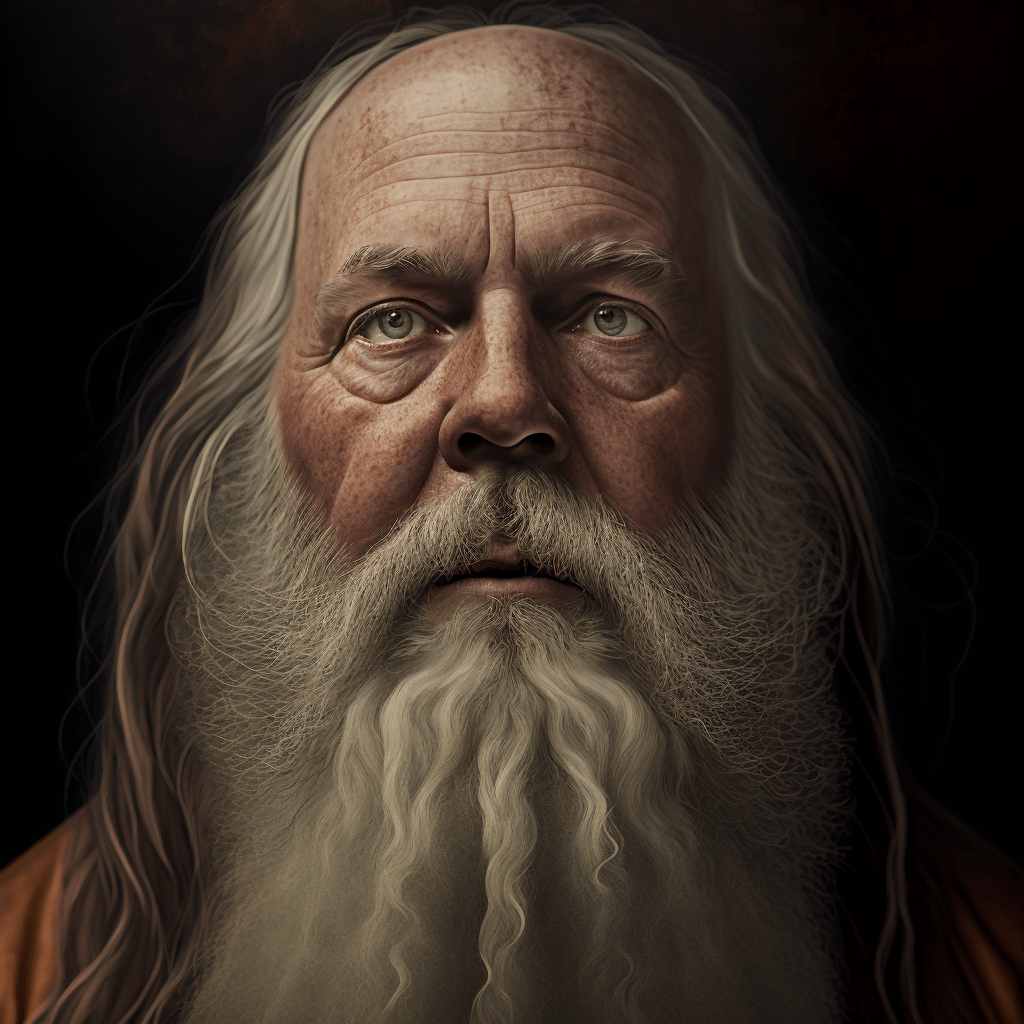From meme to manifesto
In March 2025 a single photo of legendary record producer Rick Rubin—eyes closed, headphones on, one hand resting on a mouse—started ricocheting around developer circles. Online jokesters crowned him the patron saint of “vibe coding,” a tongue-in-cheek label for writing software by feeling rather than formal process. Rubin did not retreat from the joke. Within ten weeks he had written The Way of Code, launched the interactive site TheWayOfCode.com, and joined a16z founders Marc Andreessen and Ben Horowitz on The Ben & Marc Show to unpack the project’s deeper intent .
What exactly is vibe coding?
Rubin defines vibe coding as the artistic urge to steer code by intuition, rhythm, and emotion instead of rigid methodology. In his view the computer is just another instrument—like a guitar or an MPC sampler—waiting for a distinct point of view. Great software, like great music, emerges when the creator “makes the code do what it does not want to do” and pushes past the obvious first draft .
Developers have riffed on the idea, calling vibe coding a democratizing wave that lets non-programmers prototype, remix, and iterate with large language models. Cursor, Replit, and GitHub Copilot all embody the approach: prompt, feel, refine, ship. The punk parallel is apt. Just as late-70s punk shattered the gate-kept world of virtuoso rock, AI-assisted tooling lets anyone bang out a raw prototype and share it with the world.
The Tao Te Ching, retold for the age of AI
The Way of Code is not a technical handbook. Rubin adapts the Tao Te Ching verse-for-verse, distilling its 3 000-year-old wisdom into concise reflections on creativity, balance, and tool use. Each stanza sits beside an AI canvas where readers can remix the accompanying art with custom prompts—training wheels for vibe coding in real time .
Rubin insists he drafted the verses by hand, consulting more than a dozen English translations of Lao Tzu until a universal meaning emerged. Only after the writing felt complete did collaborators at Anthropic build the interactive wrapper. The result blurs genre lines: part book, part software, part spiritual operating system.
Five takeaways from the a16z conversation
- Tools come and go; the vibe coder persists. Rubin’s viral tweet crystallised the ethos: mastery lives in the artist, not in the implements. AI models will change yearly, but a cultivated inner compass endures .
- Creativity is remix culture at scale. From Beatles riffs on Roy Orbison to hip-hop sampling, art has always recombined prior work. AI accelerates that remix loop for text, images, and code alike. Rubin views the model as a woodshop chisel—powerful yet inert until guided.
- AI needs its own voice, not a human muzzle. Citing AlphaGo’s improbable move 37, Rubin argues that breakthroughs arrive when machines explore paths humans ignore. Over-tuning models with human guardrails risks sanding off the next creative leap.
- Local culture still matters. The trio warns of a drift toward global monoculture as the internet flattens taste. Rubin urges creators to seek fresh inspiration in remote niches and protect regional quirks before algorithmic averages wash them out.
- Stay true first, iterate second. Whether launching a startup or recording Johnny Cash alone with an acoustic guitar, the winning work begins with uncompromising authenticity. Market testing can polish rough edges later; it cannot supply the soul.
Why vibe coding resonates with software builders
- Lower barrier, higher ceiling. AI pairs “anyone can start” convenience with exponential leverage for masters. Rubin likens it to giving Martin Scorsese an infinite-shot storyboard tool; the director’s taste, not the tech, sets the upper bound .
- Faster idea discovery. Generative models surface dozens of design directions in minutes, letting developers notice serendipitous mistakes—Rubin’s favorite creative catalyst—without burning months on dead-end builds.
- Feedback loop with the collective unconscious. Each prompt loops communal knowledge back into personal intuition, echoing Jung’s and Sheldrake’s theories that ideas propagate when a critical mass “gets the vibe.”
The road ahead: punk ethos meets AI engineering
Vibe coding will not replace conventional software engineering. Kernel engineers, cryptographers, and avionics programmers still need rigorous proofs. Yet for product prototypes, game jams, and artistic experiments, the punk spirit offers a path that prizes immediacy and personal voice.
Rubin closes The Way of Code with a challenge: “Tools will come and tools will go. Only the vibe coder remains.” The message lands because it extends his decades-long mission in music—strip away external noise until the work pulses with undeniable truth. In 2025 that mandate applies as much to lines of Python as to power chords. A new generation of software punks is already booting up their DAWs, IDEs, and chat windows. They are listening for the vibe and coding without fear.
